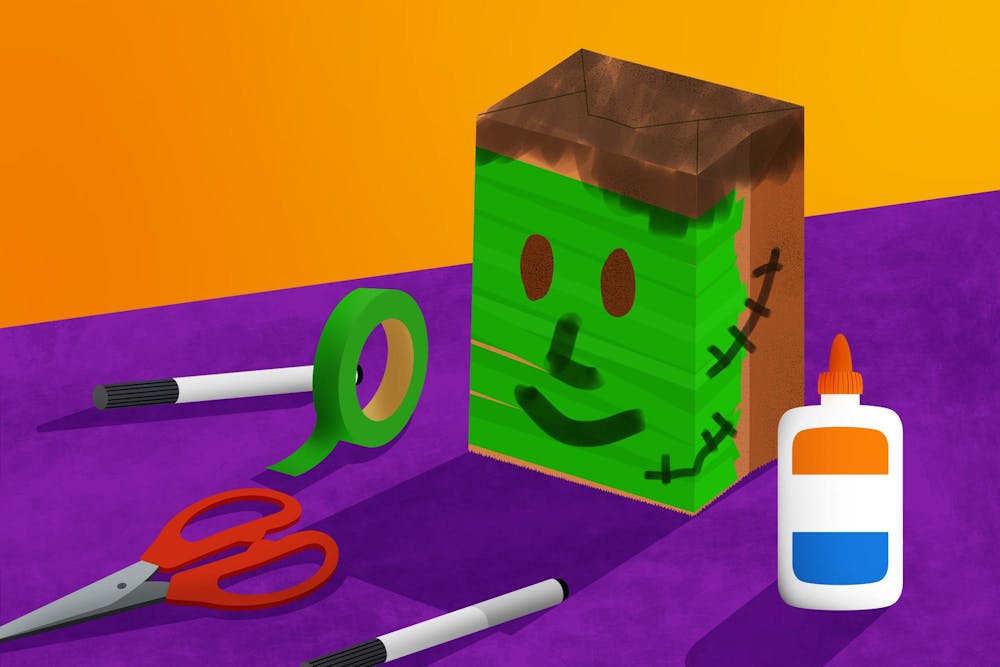Halloween is a multi-day marathon for college students — there’s a reason why it's often called Halloweekend or even Halloweek. It’s an exciting excuse to pull together multiple costumes for each night spent celebrating and partying. After all, this particular occasion only comes once a year.
While this dedication is certainly commendable, it generally brings the onslaught of Amazon Prime packages in response to the demand of last-minute outfits, as part of a generally costly and wasteful effort to keep up with Halloweekend.
This year, spending around Halloween season was projected to reach a record high of $12.2 billion, a little over a third of which accounting strictly for costumes.
To put into perspective how this spending could potentially be wasteful and environmentally harmful, around 83 percent of Halloween costumes are made out of non-recyclable plastic and seven million are disposed of each year, according to a study done in the UK. That waste will not decompose by the time Halloweekend is over (and maybe not even for hundreds more Halloweekends).
This number is only expected to sky rocket, especially with how much spending has increased over the years and production of said materials continues to multiply. It's a cycle that continuously feeds per the growth of consumerism.
The allure of a brand-new costume is hard to resist, but the consequences of buying something new every year, just to wear one time, has a great toll on the environment around us — even if we may not live to see it.
So, how does one make a compromise between fashionable and environmentally conscious? I asked some UNC students via a Google Form survey, and they offered a few greener, creative approaches in the search for the perfect costume:
Twenty out of the 25 people who responded to the Google Form survey borrowed clothes from friends, created accessories and outfits from scratch, and if they did buy, would buy secondhand or acquire a combination of new and old outfits.
One student utilized Depop, a website that sells secondhand clothing, to find the pieces they needed for their Poison Ivy and Snow White costumes. They also sewed on vines on the former costume to give it a more personal touch. Some other students also thrifted many pieces of their outfits as well.



